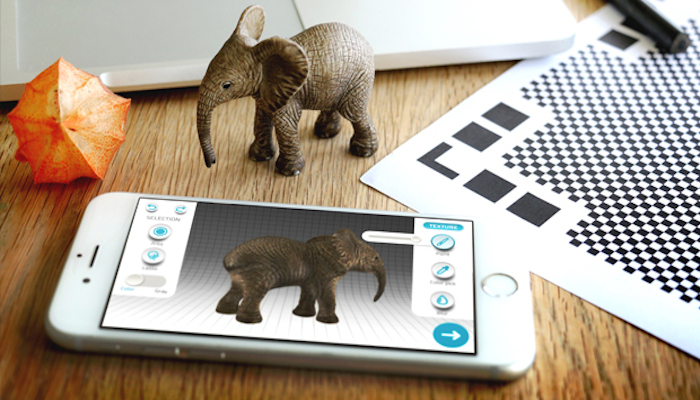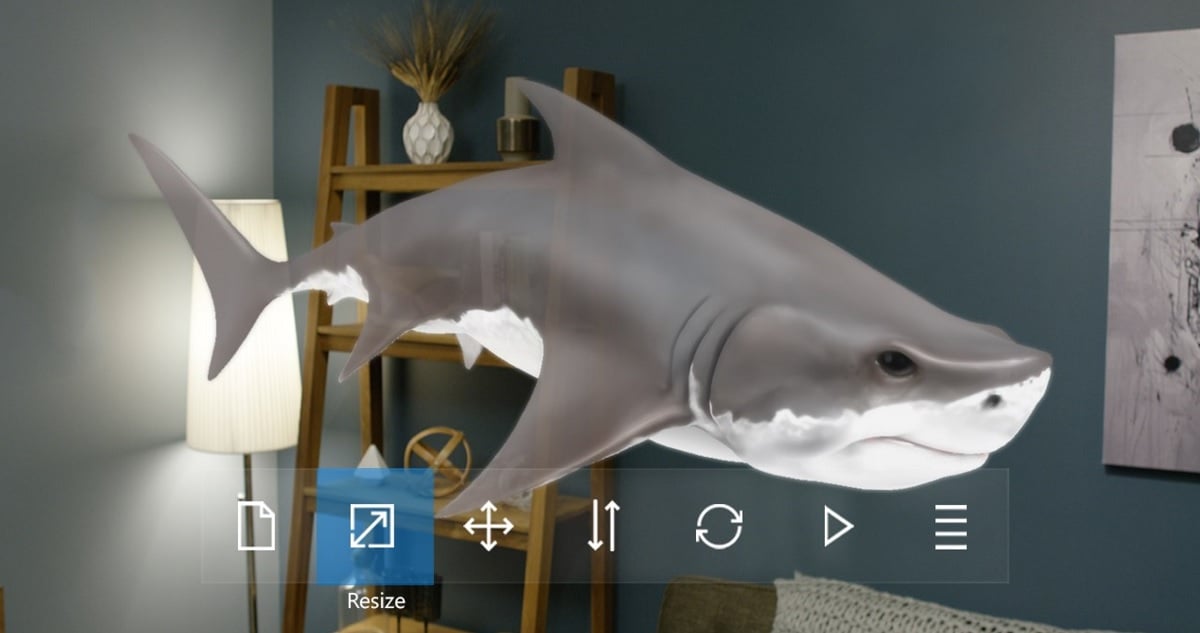
And because the device is in the exact same position for both shots, the depth data is far less noisy, involving less number-crunching to get into usable shape. And it is dual-camera phones that will be able to create 3D photos (though there are plans to bring the feature downmarket).īy capturing images with both cameras at the same time, parallax differences can be observed even for objects in motion. Especially when many modern cameras actually have two cameras, like a tiny pair of eyes. The first version I saw had users moving their ordinary cameras in a pattern capturing a whole scene by careful analysis of parallax (essentially how objects at different distances shift different amounts when the camera moves) and phone motion, that scene could be reconstructed very nicely in 3D (complete with normal maps, if you know what those are).īut inferring depth data from a single camera’s rapid-fire images is a CPU-hungry process and, though effective in a way, also rather dated as a technique. What’s lacking is any sense of depth - so Kopf decided to add it. But the experience is little better than looking at the picture printed on butcher paper floating a few feet away. One exception to that is panoramic and 360 imagery, which is usually wide enough that it can be effectively explored via VR. And no casual Facebook user has the tools or inclination to build 3D models and populate a virtual space.
3D PHOTO READER APP HOW TO
Interestingly, the origin of 3D photos wasn’t an idea for how to enhance snapshots, but rather how to democratize the creation of VR content. Kopf is co-author (with University College London’s Peter Hedman) of the paper describing the methods by which the depth-enhanced imagery is created they will present it at SIGGRAPH in August. I talked about the method of creating these little experiences with Johannes Kopf, a research scientist at Facebook’s Seattle office, where its Camera and computational photography departments are based. The illusion of depth is very convincing, and it does feel like a little magic window looking into a time and place rather than some 3D model - which, of course, it is.

It sounds a little hokey, and I’m about as skeptical as they come, but the effect won me over quite quickly. It will work for both ordinary pictures of people and dogs, but also landscapes and panoramas. In case you missed the teaser, 3D photos will live in your news feed just like any other photos, except when you scroll by them, touch or click them, or tilt your phone, they respond as if the photo is actually a window into a tiny diorama, with corresponding changes in perspective. But the company’s computational photography team has just published the research behind how the feature works and, having tried it myself, I can attest that the results are really quite compelling. However, beyond a short video and the name, little was said about it.

In May, Facebook teased a new feature called 3D photos, and it’s just what it sounds like.


 0 kommentar(er)
0 kommentar(er)
